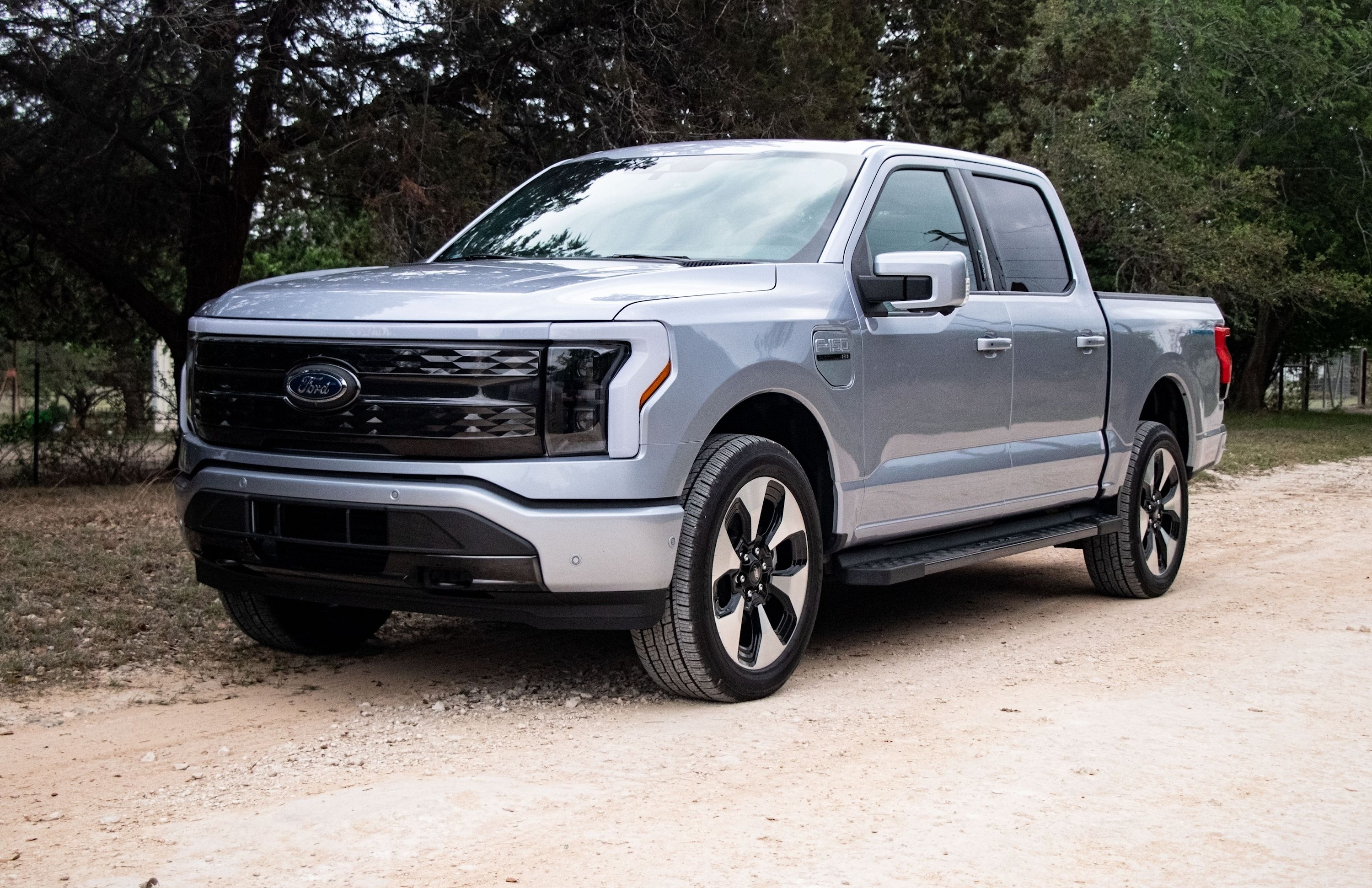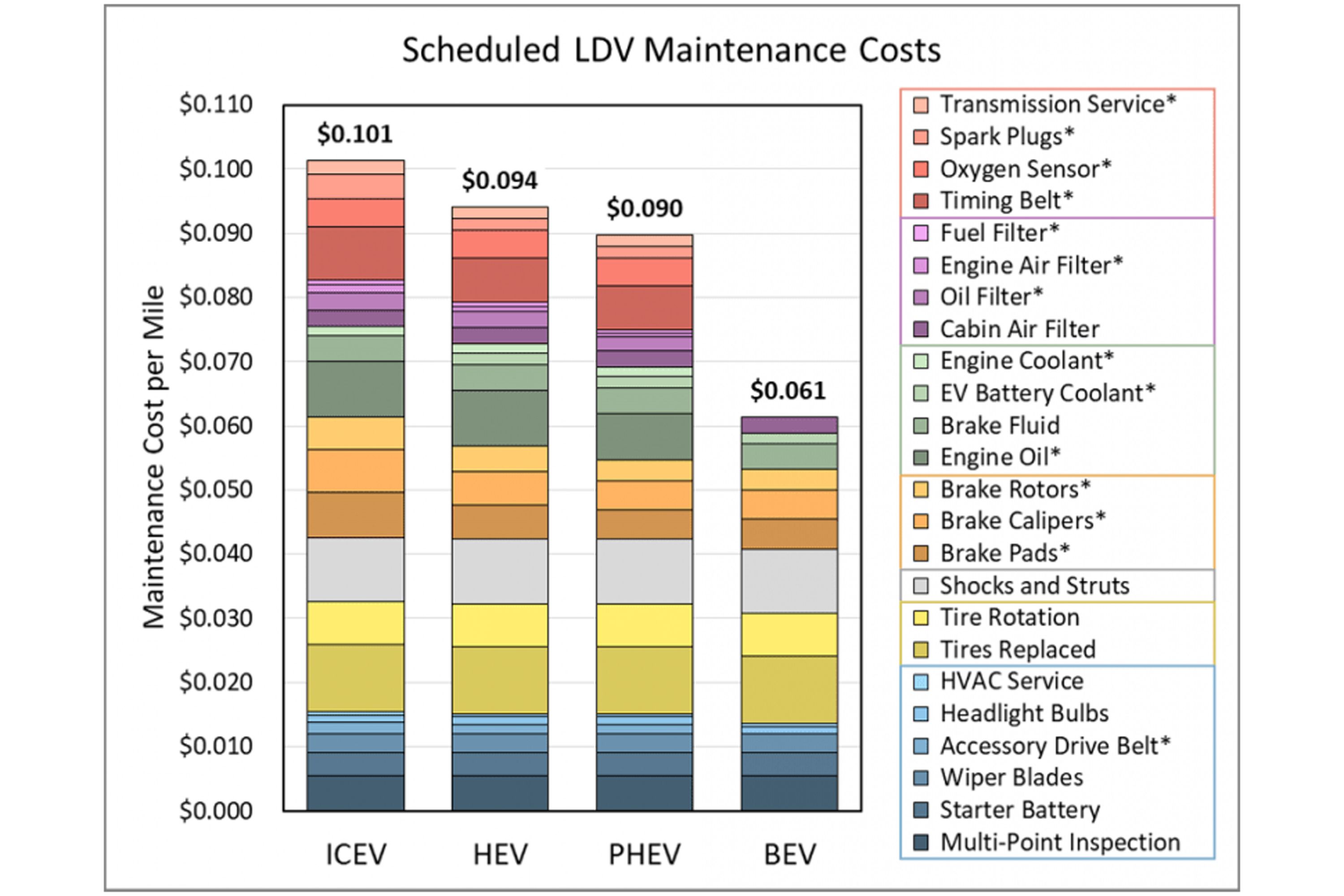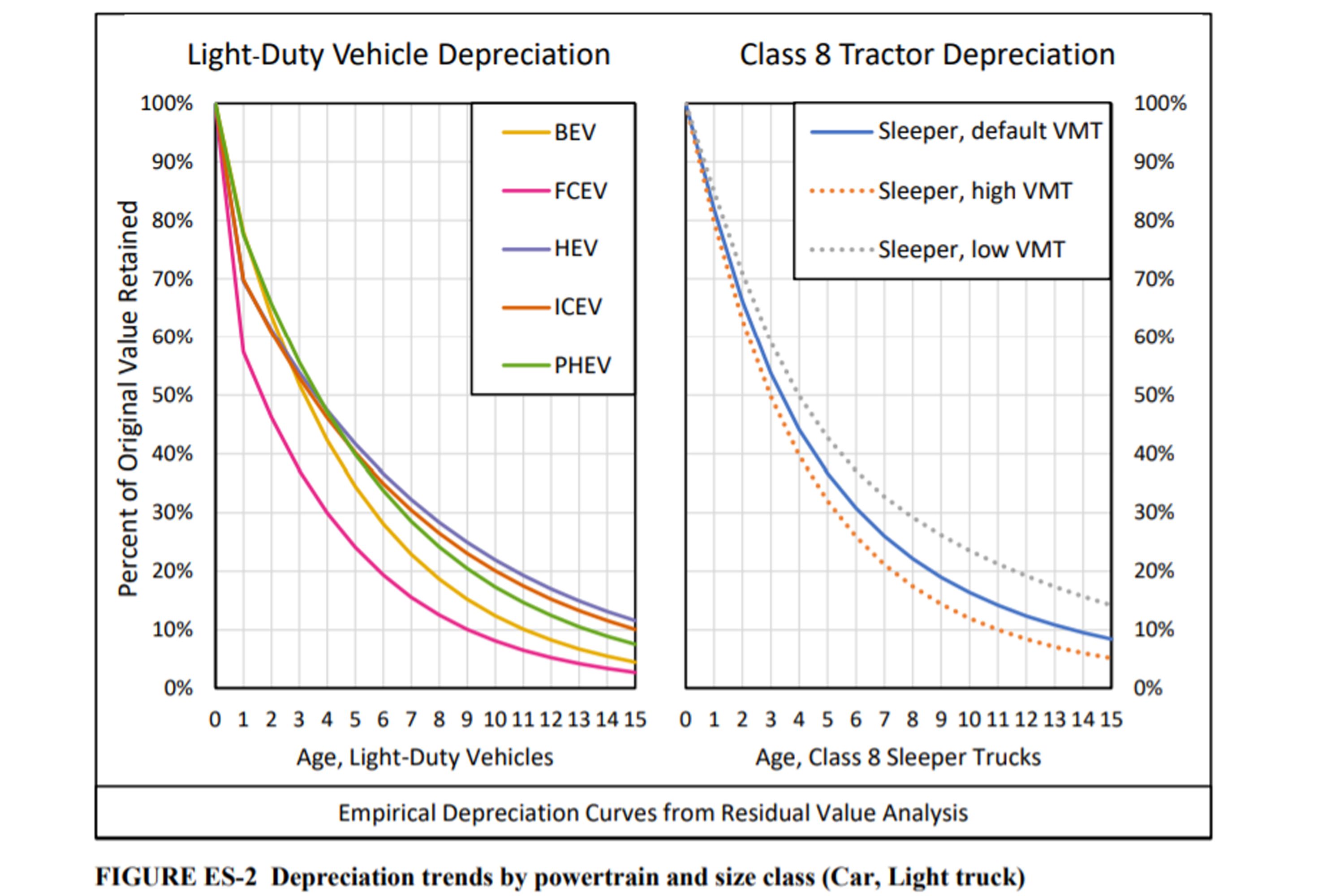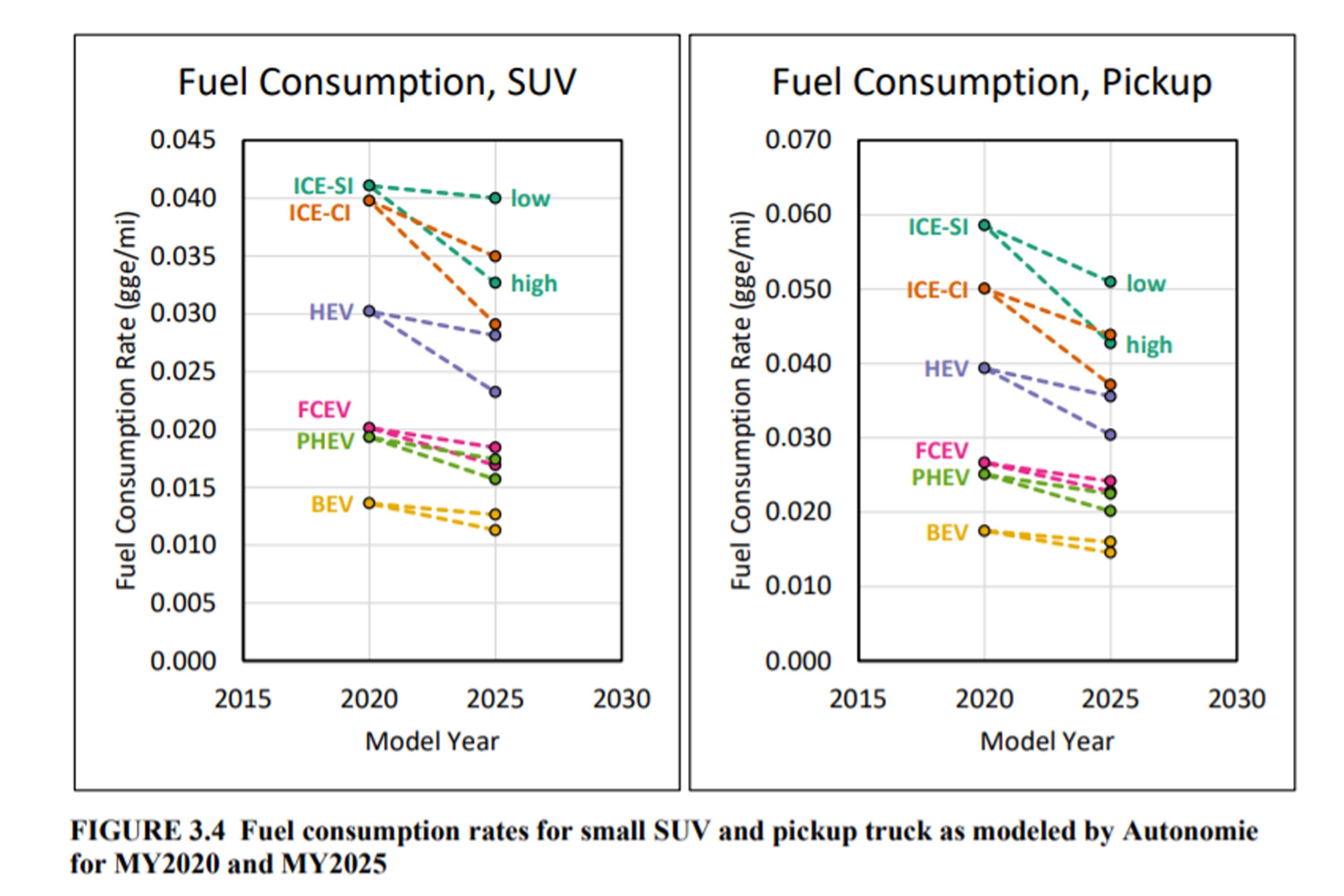
Another day, another study on EVs. A few weeks ago a report concluded that maintenance costs are higher on EVs compared to your average vehicle, especially in the first 90 days. It looked at 2021 model year vehicles through repair data. Today's study comes from the Department of Energy that says the complete opposite. It says that while retail costs of EVs are higher, maintenance overall is less, which is more along the lines of what we expected.
We'd just like to know which vehicles are cheaper in the long run. Should I get an efficient Ford Maverick hybrid or a battery-powered F-150 Lightning? The 225-page new study breaks down the cost differences between all forms of EVs and ICE vehicles, starting with the maintenance schedules, and found that battery-electric vehicles are about 40% cheaper to maintain per mile.
"A BEV lacks an ICE's engine oil, timing belt, oxygen sensor, spark plugs and more, and the maintenance costs associated with them. The hybrid-electric vehicle (HEV) and the plug-in hybrid-electric vehicle (PHEV) share costs with both the ICEV and the EV but save money on brake maintenance," the abstract says.
As we can see from the graph that looks at light-duty vehicles only, it costs about 10 cents a mile to drive an internal combustion engine vehicle. Hybrid vehicles are just a little less at 9.4 cents a mile. Plug-in hybrids are 9 cents a mile and battery electric vehicles drop your cost to 6.1 cents per mile, just for maintenance.
The study used vehicles that are representative of those cars that are on the road today and expected to be available in the future. It found that cars depreciate faster than light trucks and that older plug-in vehicles depreciate faster than new ones. Nothing groundbreaking there.
The study also rolled out the full per-mile cost of an ICE-powered small SUV and pegs it at about 47 cents per mile. That includes everything from taxes to repairs and maintenance, insurance, fuel and financing, some of which the last study didn't inclulde. To figure out depreciation and to get that final number, the study analyzed 98 vehicle models across a variety of powertrain types, size classes and other characteristics for vehicles from 2013-2019.
Fuel cell vehicles depreciate the most, which makes sense as the technology is still in its infancy. Battery-electric vehicles are next, followed by plug-ins, ICE vehicles then hybrids, which still hold more than 10% of their value after 15 years. Fuel cell and ICE vehicles have the biggest early drop-offs.
All of these EVs will get cheaper. The study points to plug-in hybrids and battery-electrics in particular dropping 10% or more in price over the next five years. The study also claims that retail cost parity with ICE vehicles will be reached in 2030.
Fuel consumption rates are expected to be down across the board as well. It predicts that gas, diesel and hybrid vehicles will gain the most efficiency over the next few years. Fuel cell, plug-ins and battery vehicles will also improve, but at a slower rate, both for SUVs and pickup trucks.
There's a bunch more data in the study, including tables on semitrucks and heavy-duty vehicles. There's also a list of what vehicles were used for the study. If you're a numbers nerd, you can go dig through the report at the source link below.



